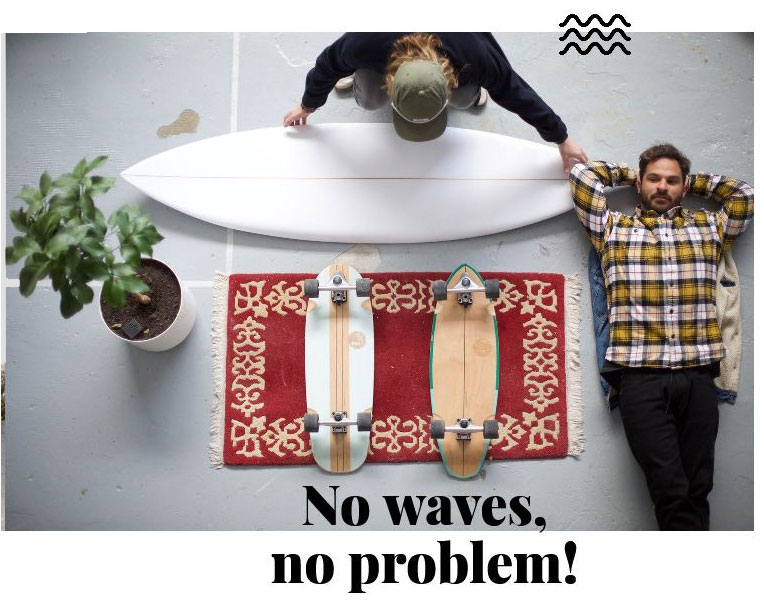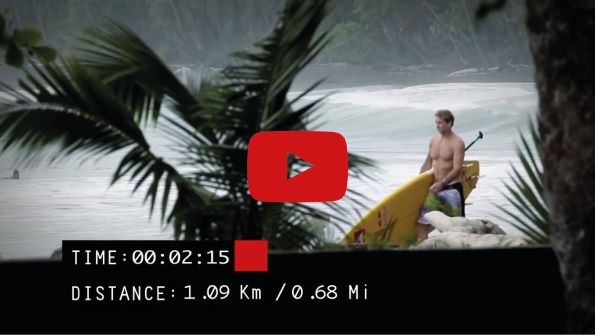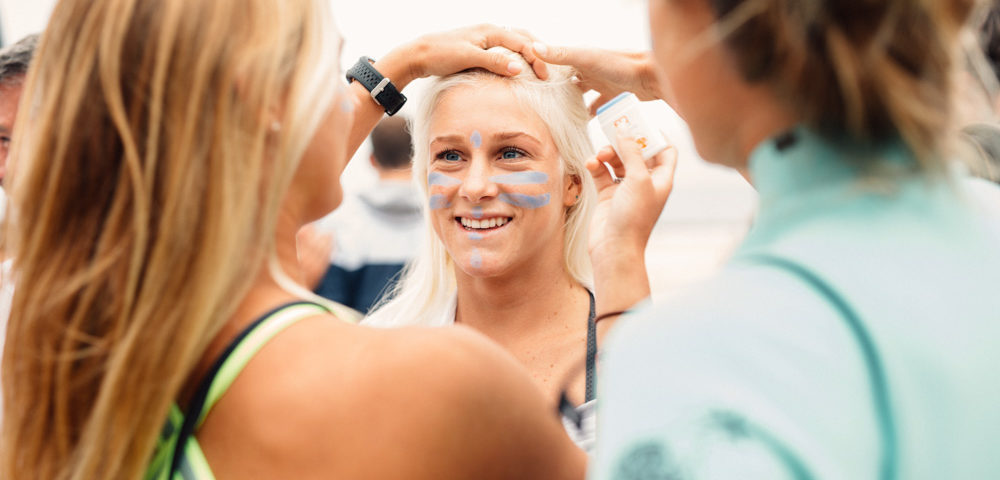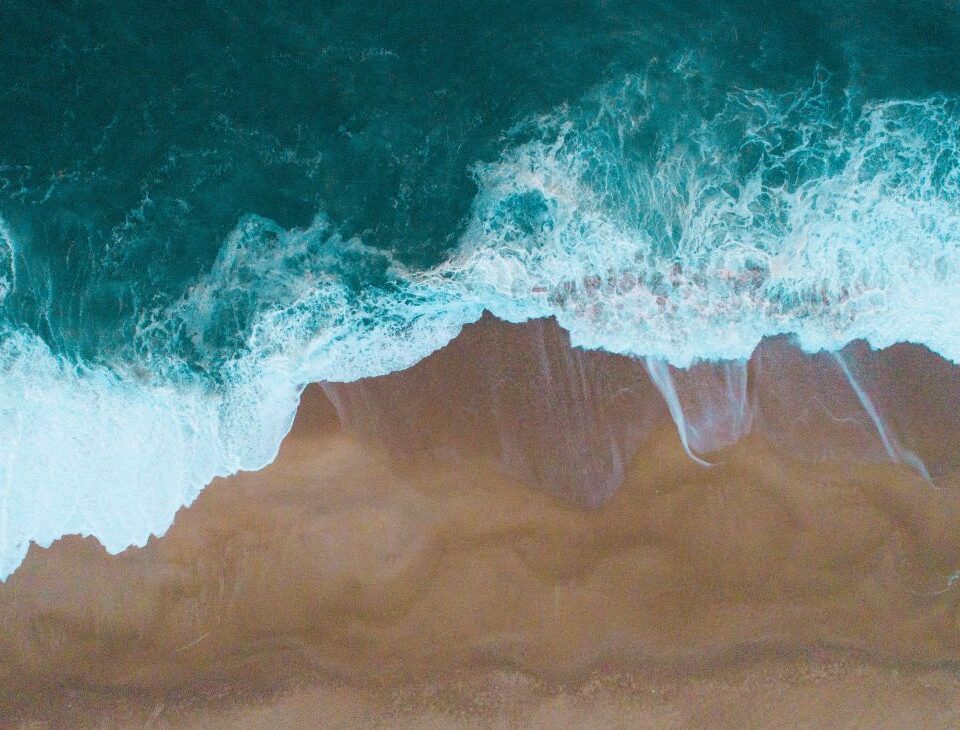
How can I improve my surfing at home?

The Best Waves in Costa Rica : n°1 Pavones
Like any self-respecting surfer, you probably use sun cream to protect your skin from UV rays. Maybe you even use a coloured stick so you can be seen for at least ten kilometres.
Whatever the case, you should be aware that sunscreen has an impact on the marine environment, and not the least.
Before tackling the problem, let’s start (logically) at the beginning. There are two types of UV filters on the market that are used in sunscreen: chemical filters and mineral filters.
Chemical sunscreens, harmful to the marine environment and to humans
These are made up of organic molecules which, once applied to the skin, absorb UV rays. You may be familiar with these chemical agents. They go by the sweet names of paraben, silicone, oxybenzone, benzylidene and the list goes on.
While these compounds are effective against burns, they are also harmful to the ecosystem:
The chemicals in sunscreens areresponsible for the gradual destruction of algae and, by extension, coral. How do they do this? Some of these molecules destroy zooxanthellae, which are micro-algae living in symbiosis with corals. When they come into contact with harmful molecules, the zooxanthellae die, taking with them the surrounding coral, which first turns white and then perishes in just 48 hours.
We agree that the French coastline is not lined with coral… but the seas and oceans have no borders. And just because you’re surfing in our waters doesn’t mean that those elsewhere won’t be affected.
Deposited by the chemical sunscreen, the thin oily film you see spreading on the surface of the water disturbs not only corals and algae, but also marine fauna. In a snowball effect, the plankton that feed on micro-algae are also affected, and so on. In the end, it’s almost the entire food chain that suffers.
Every year, we pour between 4000 and 6000 tonnes of sun cream into the oceans. That’s enough to make your head spin…
In fact, measures have been taken in some very popular spots. The government of Hawaii plans to ban sunscreens containing oxybenzone and octyl methoxycinnamate (WTO for short) from 2021. In Mexico, chemical sunscreens are not permitted around certain natural parks. The aim is to protect the reefs as much as possible.
Progress is being made slowly but surely…
But when it comes to health, the celebrations continue, as these creams also appear to be toxic to humans by entering the bloodstream. In short, a barbaric substance called buthylhydroxyanisol is said to be carcinogenic (as well as stinging the eyes and defying the laws of spelling). And most UV filters are suspected of being endocrine disruptors. And we’ve been hearing a lot about these recently! By modifying or blocking the action of hormones, these molecules alter the way the body functions. Still others are allergenic… In short, nothing pretty.
Mechanical-action sunscreens, better for the ecosystem
However, we talked earlier about two types of sunscreen. So what about the second type? These are creams made from mineral filters, based on titanium dioxide and zinc oxide, which do not penetrate the epidermis. In fact, the minerals attach themselves to the surface of the skin to form a physical barrier by reflecting the sun’s rays.
These creams contain no chemical agents such as parabens, and no endocrine disruptors. So that’s good news! They also have an immediate action and don’t need to be applied half an hour before your first wave. There’s no need to think ahead (which is good news for some of us, of course).
Problem in sight: mineral sunscreens aren’t perfect, and no, that would have been far too good. They have the disadvantage of being a little harder to spread and of whitening the skin. We’ll talk more about this in this article, explaining how to apply mineral cream to avoid white marks: https: //www.lagreensession.com/comment-eviter-les-traces-blanches-des-cremes-solaires-bio/
With comfort apparently taking precedence over everything else, some manufacturers have included dioxide in the composition of their creams, yes, but in nanoparticulate form (after crushing the mineral filters). This is where the story goes wrong, because nanoparticles are said to act as endocrine disruptors by penetrating the epidermis, and therefore present health risks.
Making the right choice of sun cream is therefore not so simple when you take all this data into account. But nothing is impossible, and if you’re careful, it’s entirely conceivable that you’ll find that rare gem. For the time being, it’s best to opt for a nanoparticle-free mineral cream. To guide you in your choice, we’ve written another article on the subject at Le Green Session: https: //www.lagreensession.com/comment-bien-choisir-sa-creme-solaire-pour-les-sports-nautiques/
For example, we recommend EQ organic sun cream. It has been tested and approved by our team. Not only is EQ a French brand created by a surfer for surfers, but it doesn’t use nanoparticles or parabens. The icing on the cake is that you’re spoilt for choice when it comes to the colour of the sun stick: mauve, blue, gold, khaki…
In the same way, you can trust Laboratoires du Biarritz, who are also certified organic. Their Alga Maris ® suncare range is made from purely mineral active ingredients that do not harm the environment.
These are just a few examples, and other French brands have a similar approach adapted to water sports and lounger specialists.





